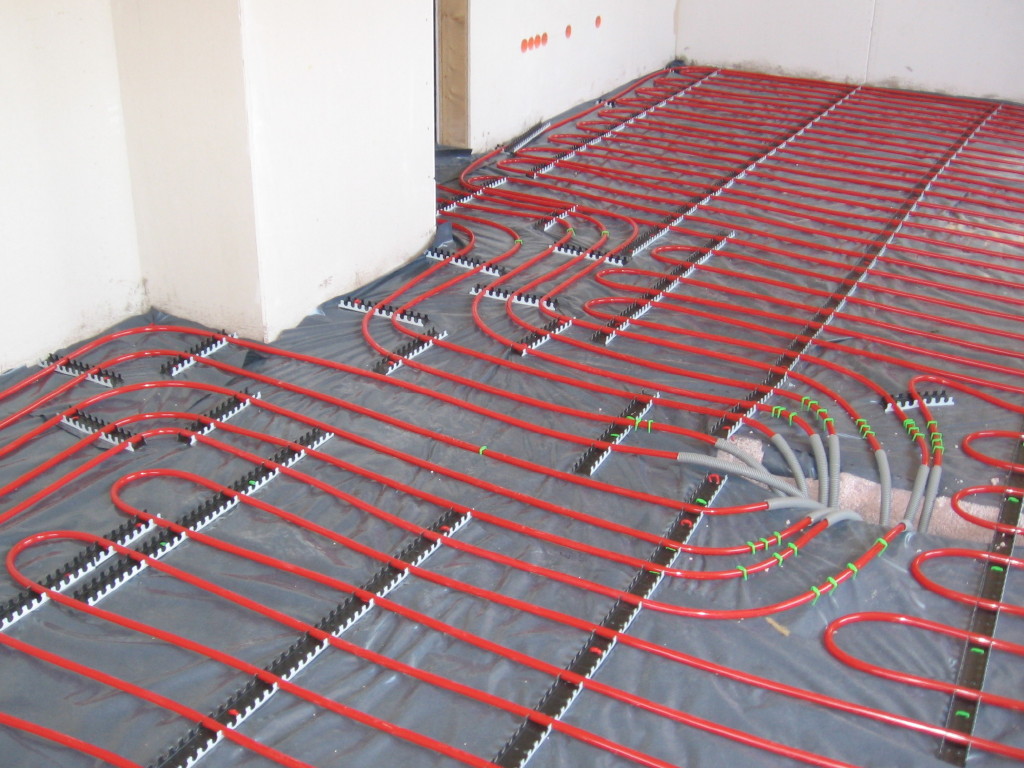In Floor Heating: A Smart and Healthy Reno Option
Homes and buildings in Canada have become more and more of an engineering exercise in recent years, as technology and energy efficiency-driven solutions emerge, making traditional construction methods a thing of the past in many areas.
A number of these advancements in home construction are not that obvious or even hidden completely, adding efficiency without changing the look or feel of a home significantly. They can go unnoticed.
 Not so with in-floor heating! A warm floor is something you can’t help but feel when you walk in the room. It warms our soles/souls.
Not so with in-floor heating! A warm floor is something you can’t help but feel when you walk in the room. It warms our soles/souls.
One of the main reasons in-floor heating makes so much sense is the undeniable fact that heat rises. By making an entire floor surface – or at least the traffic areas – warm to the touch, the entire room is warmed as the heat from the floor makes its natural ascent to the ceiling.
In addition to maintaining a desired temperature cost-effectively and efficiently, in-floor heating makes a room feel warmer. For most people warm feet means a warm feeling all over.
A Healthy Choice
Another benefit of in-floor heating is that it does not involve blowing air throughout the house, as with traditional forced air systems. Air movement can stir up dust and can agitate asthmatic and allergic conditions in some people. Many such sufferers choose in-floor heating for this reason alone.
A Smart Renovation Consideration
As with any heating system, modifying or updating a home’s existing solution can be costly and the construction aspect invasive. While new home construction can incorporate a design that maximizes the benefits of in-floor heating, renovations usually lead to a combination of heat sources. But that is no reason to shy away from enjoying the benefits of in-floor heat.
In new buildings where in-floor heating is the intended solution from the start, a system that incorporates liquid in a series of pipes works well. The liquid – such as glycol – can be heated with any type of heat source, allowing for simpler upgrades as cost for heat source options change.
For home renovations, in-floor heating solutions generally consist of an electrical mat applied below the finished floor. They are limited in that they must always rely on electricity – and its cost. But now that a home can generate its own electricity with PVC solar systems improving every day, the future cost of electricity may not be as much of a concern.
Look into in-floor heating when upgrading your home. Even a relatively simple change in flooring surface gives you the opportunity to apply it. Not only will you feel the difference from your feet up and save some money on the ‘heating’ bill, you will be making your home more attractive to the average buyer when it comes time to sell, and probably raise its market value as well.
Courtesy: Lighthouse Inspections
